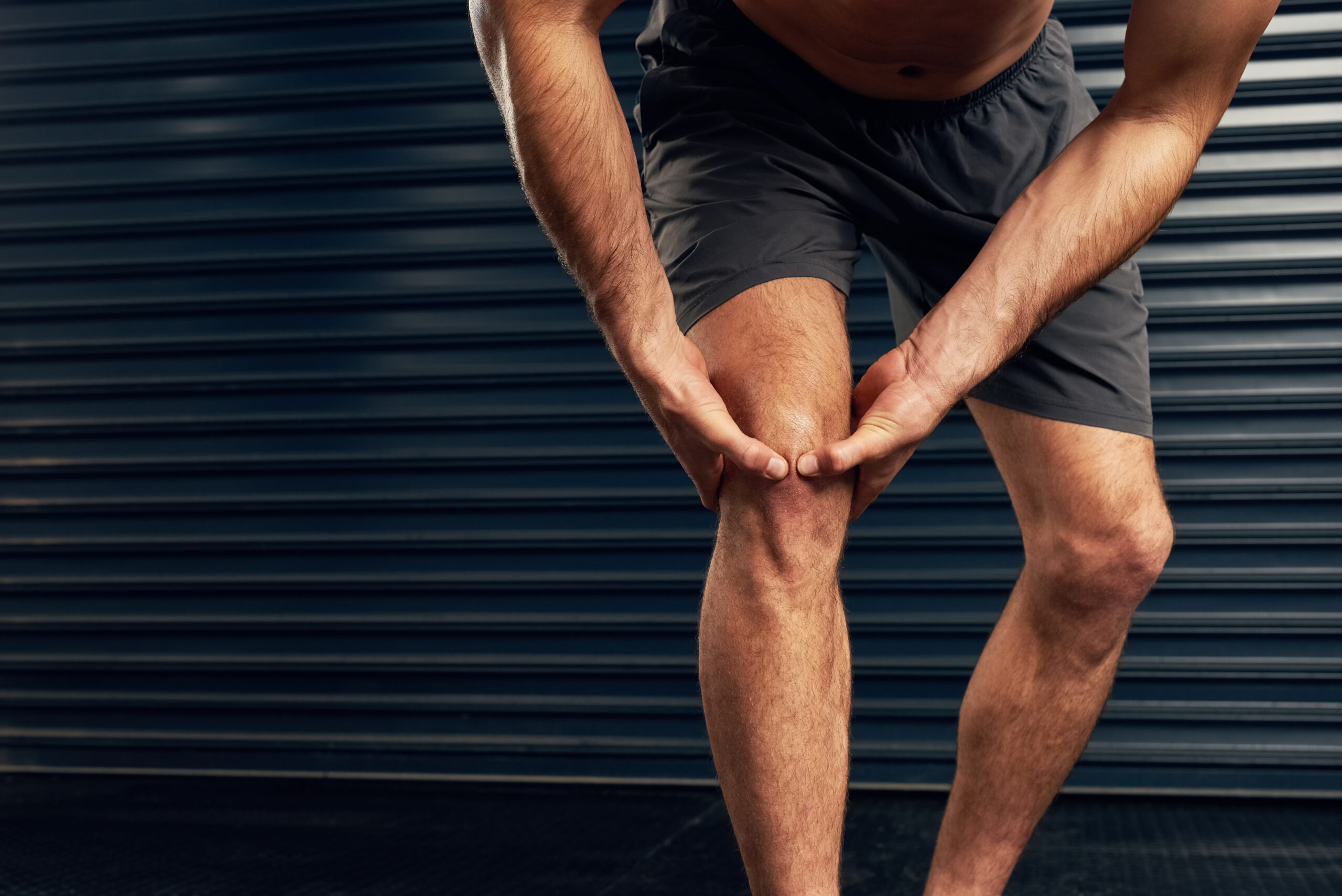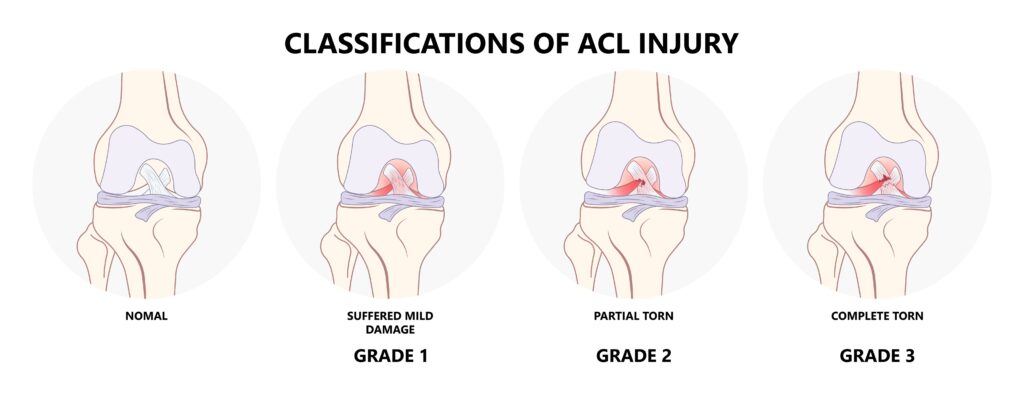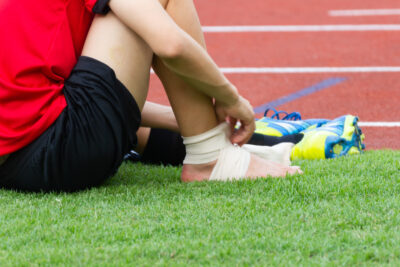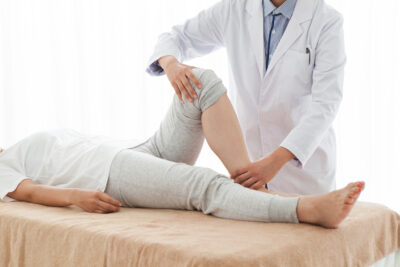The Ultimate Guide to Torn ACLs: Causes, Symptoms, and Recovery Options

A torn ACL is one of the most common severe sporting injuries, impacting around 200,000 Americans annually. If you have experienced this problem, following the correct knee injury treatment plan is essential.
‘While an orthopedic surgeon in Austin can put you on the right rehabilitation plan, it’s important to understand the injury too. This guide to the causes, symptoms, treatment options, and potential recovery times will reveal all.
What Causes a Torn ACL?
The anterior cruciate ligament, commonly referred to as the ACL, is one of two key ligaments (alongside the posterior cruciate ligament) located within the knee joint. It stretches diagonally to connect the back of the femur to the front of the tibia to provide stability during movement.
A torn ACL may refer to overstretching of the ligament (grade 1), as well as a partial tear (grade 2) or complete tear (grade 3). The vast majority of cases are defined as complete tears, in which the ligament is detached from the bone. It is a painful injury that requires a relatively long recovery plan from a knee specialist, like a DOC orthopedic surgeon Dallas.
Torn ACLs most frequently occur during sports that require sudden stops and quick changes of direction. Other examples include twisting upon landing from a jump or overextending the knee joint during any active motion at speed.
Athletes who play basketball, football, and soccer are particularly prone to this type of injury. It should also be noted that anterior cruciate ligament tears can occur either as a contact or non-contact injury.
While the sudden stops and quick movements place too much pressure on the ACL, there are several underlying risk factors to consider. For starters, women are statistically more likely to suffer a non-contact ACL tear than men due to differences in knee anatomy and neuromuscular control. Other issues include;
- Poor core strength (neuromuscular control), weak quadriceps, or poor hip abductor strength.
- Anatomical features like a wide pelvis, a narrow femoral intercondylar notch, or decreased concavity of the tibial plateau.
- Past ACL injuries (not only a torn ACL) or PCL injuries that may have changed the natural movement of the knee joint.
Moreover, environmental factors like uneven playing surfaces or inadequate equipment can increase the risk of a torn ACL. Removing these risk factors is one of the best forms of protection.
Torn ACL Injuries: Symptoms

A torn ACL should always be seen by an orthopedic surgeon Austin or other local specialist. But how can you tell whether the anterior cruciate ligament has actually torn? The most common symptoms at the time of injury are;
- An instant loss of stability or the knee “giving way” from underneath.
- A loud popping sound as the ligament overstretches or tears.
- The inability to bear weight on the injured knee.
- Restricted motion that makes it difficult to fully extend or bend the knee.
- Pain and swelling, which surfaces almost immediately.
Torn ACLs are frequently accompanied by other knee injuries like meniscus (shock-absorbing cartilage) damage or torn PCLs. The MCL (medial collateral ligament) may also be damaged while bone bruising is another common issue. In severe cases, a torn ACL may be coupled with a broken bone.
Knee Injury Treatment Options for a Torn ACL
Left untreated, a torn ACL will leave the knee in an unstable position. In addition to increasing the risk of future tears and inflammation, it may lead to chronic knee pain, reduced function, and osteoarthritis. The fact that the knee won’t support the femur or tibia as it should can cause further damage to the leg and postural alignment problems.
In other words, you need to see an orthopedic surgeon in Dallas right away. Their first task will be to diagnose the injury by confirming that the ACL is torn while also identifying the grade of tear.
Generally speaking, the treatment time for most people is 6 to 12 months before sporting activities can be resumed. However, a range of factors can influence the timeline including the grade of tear, treatment type, and the individual’s natural healing ability. While it may be up to one year before an athlete is back on the court or field, they can often put weight on their knee by walking far sooner.
Almost all patients will use NSAIDs alongside rest and recovery during the initial phase. Not least because a knee specialist will want to assess the situation after the swelling has subsided before determining whether surgery is needed.
Some patients can recover through non-surgical methods. Older patients who will not return to high-intensity activities may find that this route is more suitable. It’ll include a lot of physiotherapy to strengthen and re-stabilize the knee while a brace may also be worn. Younger patients who only have a grade 1 torn ACL may also benefit from the non-surgical solution.
Surgical ACL knee injury treatment is usually performed as keyhole surgery (arthroscopy). ACL reconstruction typically involves using a graft taken from another part of the patient’s body to rebuild the torn ligament. Patients normally need crutches for 1-2 months and will follow a thorough rehabilitation program before returning to sport.
Following surgical treatments, patients must complete months of physiotherapy to regain movement, strength, and stability within the knee. This typically includes a combination of daily home exercises and in-session therapies, which can be offered via telehealth too. Still, the specialist will want to monitor the progress to avoid complications or premature returns to strenuous exercise.
The fundamentals of physiotherapy are the same for all patients, but exact exercises should be tailored to personal circumstances. Upon completion of a full rehab program, most patients can return to sporting activities as before without the need to wear braces or other supports. However, some ongoing exercises may be required to prevent future problems.
Get the Best Torn ACL Treatment in Texas Now
If you suspect that your knee injury is a torn ACL, DOC’s on-site diagnostics are the first step to understanding your injury and finding the right treatments. Meanwhile, our personalized post-surgical rehabilitation programs are designed to help you enjoy a quicker recovery and better chance of avoiding repeat problems.
To find out more about booking an appointment, find a DOC location near you today.




